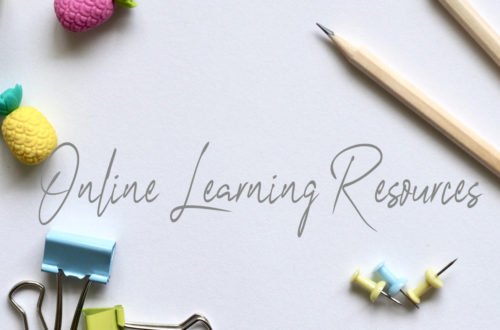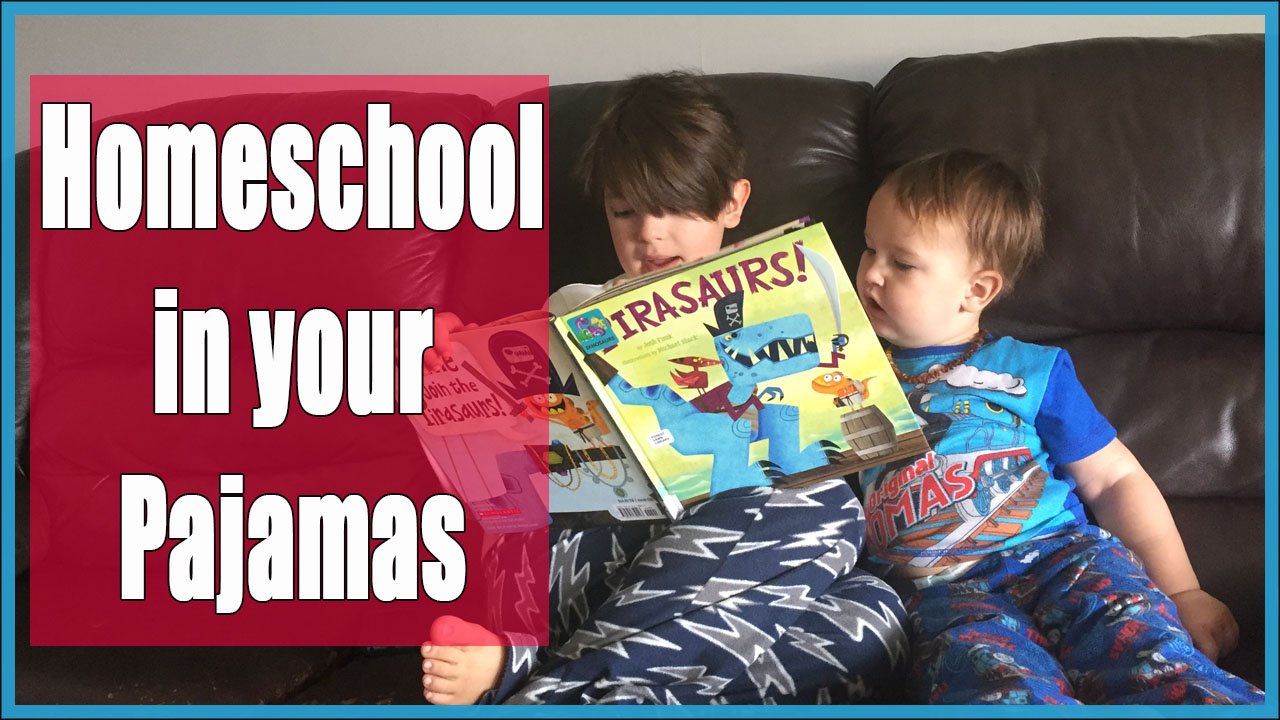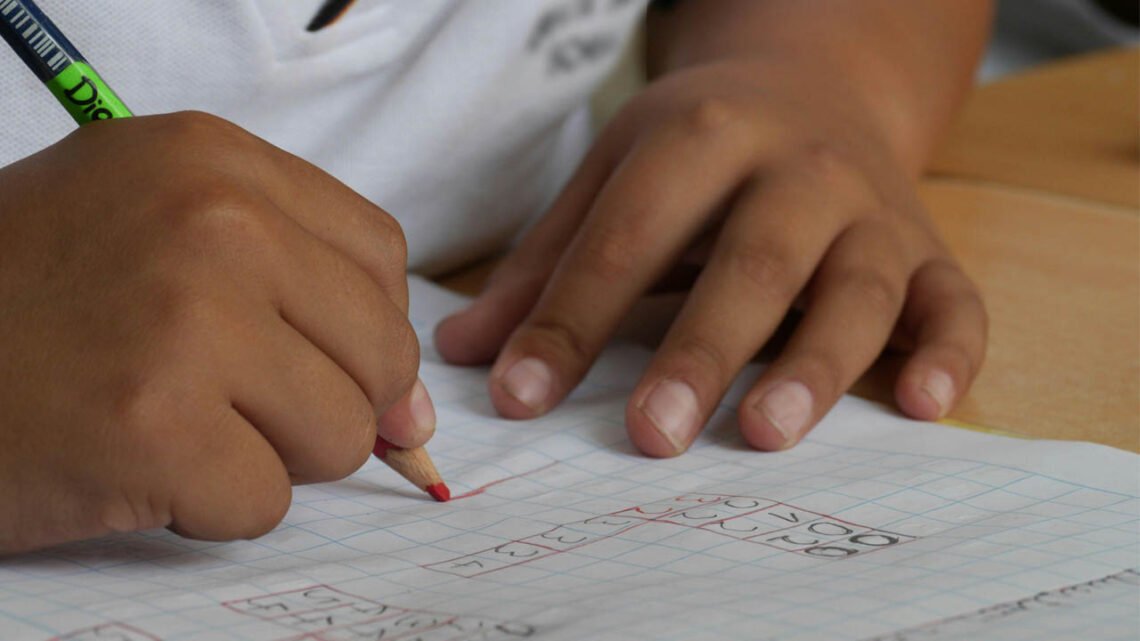
Child-Led Learning: How to Nurture Curiosity Without a Curriculum
We are a participant in the Amazon Services LLC Associates Program and other affiliate programs. An affiliate advertising is designed to provide a means for us to earn fees by linking to Amazon.com and affiliated sites. This post may contain affiliate links.
What if your child could develop a deep love of learning—without ever following a curriculum? Child-led learning is an approach that allows children to explore their interests, follow their curiosity, and gain knowledge naturally through real-world experiences. Instead of relying on textbooks and rigid lesson plans, this method nurtures self-directed education, helping children develop critical thinking, creativity, and problem-solving skills in an organic way.
Imagine your child eagerly diving into topics that excite them—whether it’s dinosaurs, space, art, or coding—without the stress of worksheets and lesson plans.
By creating a learning-rich environment, embracing interest-based learning, and shifting your role from teacher to guide, you can foster an education that is both meaningful and joyful.
Let’s explore why a curriculum isn’t necessary, how to design a home that encourages curiosity, and the vital role parents play in unschooling and self-motivated learning.
If you’re ready to trust your child’s natural ability to learn?
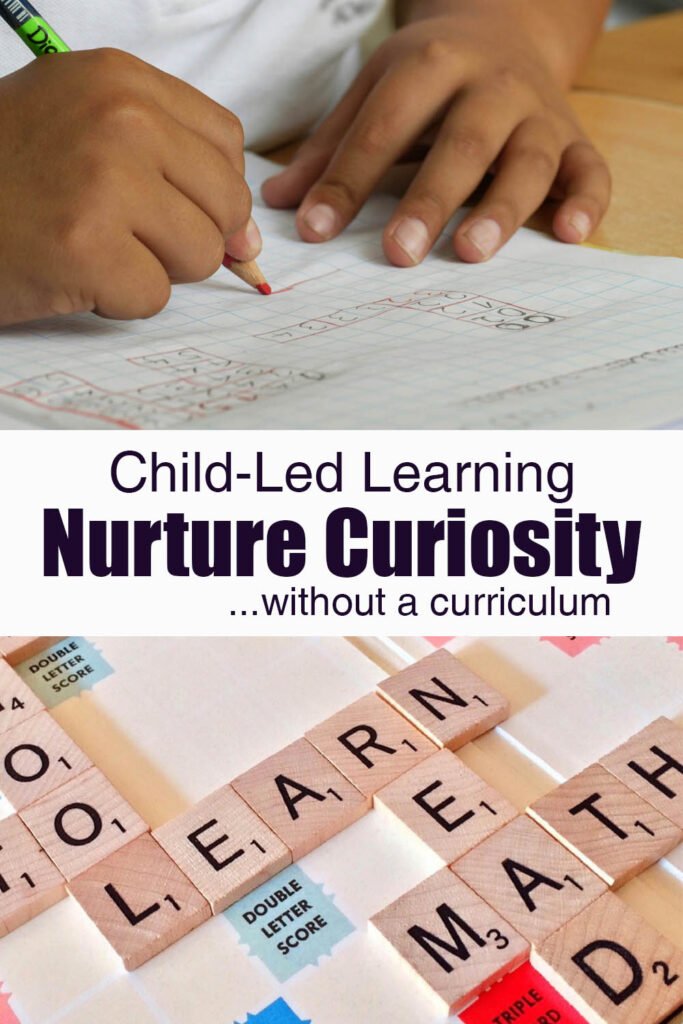
What Is Child-Led Learning?
Child-led learning is an educational approach that is similar to unschooling where a child’s natural curiosity and interests guide their learning journey.
Instead of following a set curriculum, children explore topics they are passionate about at their own pace, with parents or caregivers serving as facilitators rather than instructors. It encourages children to follow their curiosity and learn how to learn, setting them up for a love of learning.
This method is rooted in the belief that children are naturally driven to learn when given the freedom to pursue what excites them. Whether through play, hands-on experiences, real-world exploration, or deep dives into specific interests, child-led learning nurtures intrinsic motivation, critical thinking, and a lifelong love of learning.

Why a Curriculum Isn’t Necessary for Meaningful Learning
Many parents worry that without a structured curriculum, their child might miss out on important knowledge. I get this, I understand! Even to this day, with my 16 year old about to graduate, I still worry that he has missed some core fundamentals and has a huge gap in his knowledge.
But one thing I do know for certain is that he knows how to learn. He knows how to find the information required and knows how to seek support for his inquiries.
However, research and real-world examples show that deep, meaningful learning happens naturally when children follow their curiosity. A child will dive deeper down the rabbit hole of information if they are truly interested in the topic. Surface level learning gets you to memorize the dates and information needed to pass the test.
Child-led learning sparks a love for learning that will have your child learning far more than what is included in a traditional curriculum.
Here’s why a curriculum isn’t essential for a rich education:
Real-World Learning Is More Impactful
Children learn best through hands-on experiences. Cooking teaches math and science, playing outdoors sparks an interest in nature, and everyday conversations build language skills.
Life itself provides countless learning opportunities.
Curiosity Is the Best Teacher
When children are allowed to explore topics they love, they develop intrinsic motivation—the drive to learn for the joy of learning, rather than for grades or external rewards.

Skills Develop Organically
Reading, writing, math, and critical thinking naturally emerge as children engage with the world. A child fascinated by dinosaurs may dive into books, measure fossil sizes, and document their discoveries without needing a structured lesson plan.
Education Is Not One-Size-Fits-All
Traditional curriculums assume that all children should learn the same things at the same pace. But in reality, every child has unique interests, strengths, and timelines for development.
Learning without a curriculum allows children to develop at a pace that suits them.
Success Stories of Unschoolers
Many self-directed learners who never followed a traditional curriculum have gone on to thrive in college, careers, and life. Their ability to think independently, adapt, and problem-solve often gives them an advantage in the real world.
Rather than relying on a rigid curriculum, child-led learning embraces flexibility, exploration, and real-life experiences to cultivate a well-rounded, engaged learner.

How to Create a Learning-Rich Environment at Home
A child’s environment plays a crucial role in their learning journey. Instead of relying on a structured curriculum, you can create a space that invites curiosity, exploration, and discovery. Here’s how:
Design a Space That Sparks Exploration
- Fill your home with books, art supplies, and open-ended toys (like building blocks, puzzles, and sensory bins).
- Create accessible learning stations—a reading nook, a science corner, a creative workspace—so your child can engage with different interests.
- Keep learning materials visible and easy to access, so children can interact with them naturally.
- Utilize technology – YouTube videos and documentaries can be great sources of information. You can often find a YouTube channel tailored to your child’s age and developmental level that discuss many different topics of interest.
Encourage Hands-On Learning Through Play
- Play is one of the most effective ways children learn! Offer loose parts play, imaginative storytelling, and role-playing to develop problem-solving skills.
- Provide materials for sensory and STEM activities—such as clay, water beads, magnifying glasses, or simple circuits.
- Let children experiment without fear of failure. Messy play, tinkering, and exploration build confidence and creativity.
- As children get older this can include helping with car or household repairs, cooking, or volunteering with organizations that are focused on the topic of interest.
Use Real-World Resources
- Visit museums, libraries, science centers, and historical sites to bring learning to life. As they get older, encourage volunteer work with organizations that spark their love for learning.
- Take advantage of community classes, workshops, and homeschool meetups to encourage social learning.
- Nature is the ultimate classroom! Spend time outdoors exploring plants, animals, weather, and ecosystems.
My older children (age 14 and 16) frequently do volunteer work in our town. They have volunteered with the local museum, arts centre, library, and other community groups. This is also a wonderful way for your homeschool children to meet others in the community.

Follow Your Child’s Interests
- Observe what excites your child—whether it’s dinosaurs, space, art, or coding—and offer resources and experiences to deepen their exploration.
- Support their interests by providing documentaries, podcasts, field trips, or hands-on projects related to their passions.
- If they lose interest in something, that’s okay! Learning isn’t linear—trust that new interests will emerge. Allow your child to have down time if an interest does pass – time to process all the information and decompress before moving onto the next interest is just as important.
Foster a Culture of Curiosity
- Encourage your child to ask questions and explore answers together. Use phrases like, “That’s a great question! Let’s find out.”
- Model curiosity by learning new things alongside them—whether it’s a new recipe, a language, or a DIY project.
- Have open discussions, read together, and let conversations flow naturally to spark deeper thinking.
By creating an environment that supports exploration and discovery, you empower your child to learn naturally—without needing a structured curriculum.

The Role of Parents in Child-Led Learning
As a parent, your role in child-led learning is not to act as a traditional teacher, but rather as a facilitator, guide, and supporter of your child’s natural curiosity. Instead of dictating what and how they should learn, you help create an environment where learning happens organically.
Be a Guide, Not a Teacher
Rather than providing direct instruction, observe, listen, and support your child’s learning journey.
By helping them find resources—books, videos, mentors, or hands-on experiences that align with their interests, you can encourage exploration without pressure or expectations.
Ask the Right Questions to Spark Curiosity
Instead of giving answers right away, ask open-ended questions like:
- “What do you think will happen if…?”
- “How could we figure that out?”
- “Why do you think that works the way it does?”
By encouraging critical thinking and problem-solving, you are allowing them to explore ideas and solutions on their own.
Provide Support Without Interference
It’s natural to want to step in when your child struggles, but allowing them to work through challenges independently builds resilience and confidence.
You can offer encouragement and help only when needed, rather than taking over the process. Some children might want to talk through the information they have learned and others will want to teach you.
Recognize that learning looks different for every child—some may dive deep into one topic, while others prefer to explore many different interests.
Create Opportunities for Real-World Learning
Learning doesn’t have to happen at a desk!
Encourage everyday experiences like cooking, gardening, budgeting, and travel. Get out in nature. Explore the city. Connect your child with experts, mentors, and community groups who share their passions – whether in person or digitally. Giving them the freedom to engage in real-world projects that inspire problem-solving and creativity will help them tremendously when they eventually move out and are thrown into “real-world” projects without you to guide them.
Trust the Process and Your Child
One of the hardest (but most important) aspects of child-led learning is trusting that learning is happening, even when it doesn’t look “traditional.” This is especially true if you were raised in a traditional school system.
Your child may go through phases where they focus intensely on one subject while ignoring others—that’s okay! Trust that they will gain the skills they need in their own time. Focus on the bigger picture: a child who is engaged, curious, and excited about learning will grow into a lifelong learner.
By stepping back and allowing your child to take the lead, you empower them to develop independence, confidence, and a love of learning that will last a lifetime.
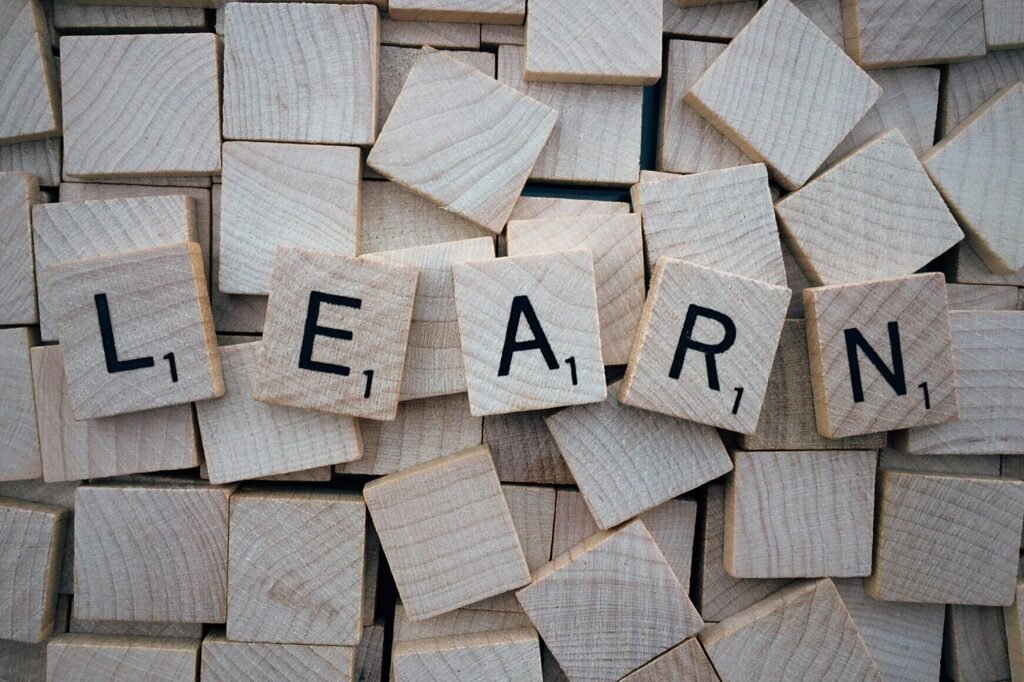
Trust the Process and Embrace Child-Led Learning
Fostering a love of learning without a curriculum is not about neglecting education—it’s about redefining it.
When you create a learning-rich environment, follow your child’s natural curiosity, and embrace child-led learning, you empower them to become lifelong, self-motivated learners. Learning happens all the time – even as adults.
You are learning by reading this article. It is your interest-led learning path.
Traditional curriculums are not the only path to meaningful education. Real-world experiences, hands-on exploration, and play-based learning provide all the tools your child needs to develop essential skills like critical thinking, creativity, and problem-solving.
Your role as a parent is to guide, support, and trust—not to control or dictate how learning happens.
If you’re new to this approach, start small. Observe your child, follow their interests, and offer resources that nurture their curiosity. Over time, you’ll see that when given freedom and trust, children naturally seek out knowledge in ways that are deep, meaningful, and joyful.
By letting go of rigid structures and embracing self-directed education, you’re giving your child the greatest gift: the confidence and ability to learn on their own terms, for life.


